SOURCE: RAUNAK KUNDE / NEWS BEAT / IDRW.ORG
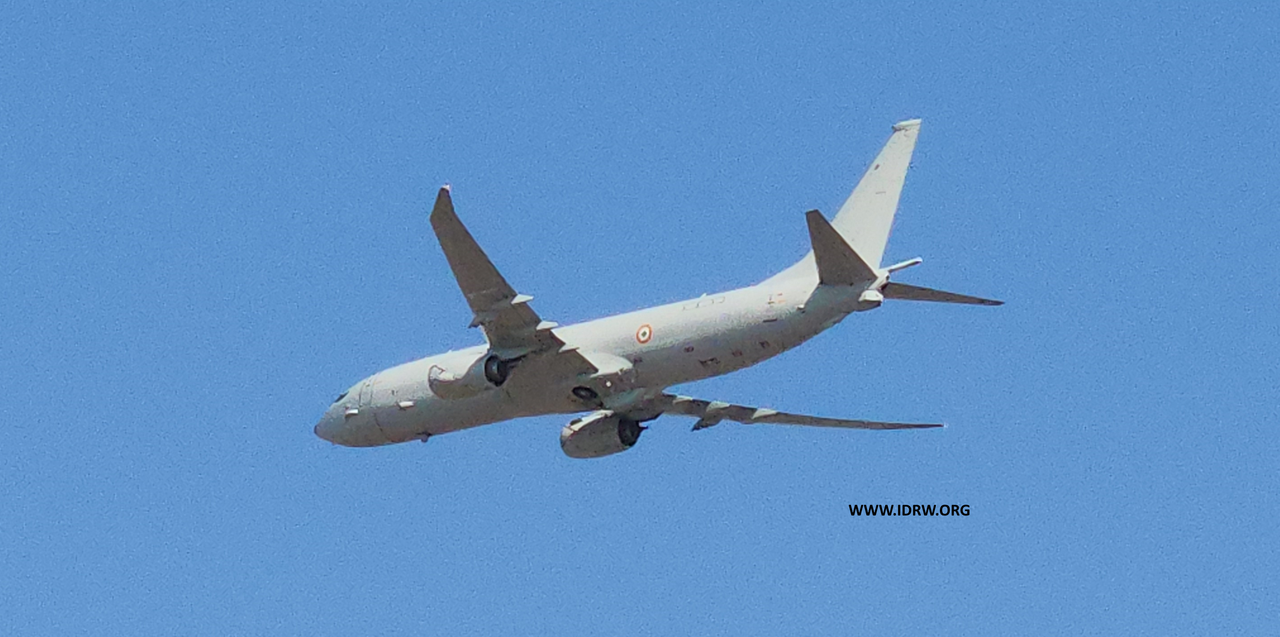

The Naval Science and Technological Laboratory (NSTL) of India has made significant progress in bolstering the country’s anti-submarine warfare capabilities. Their indigenously developed Advanced Light Torpedo (ALWT) is set to be integrated with the P-8I maritime patrol aircraft, significantly enhancing India’s aerial anti-submarine defence.
The ALWT is a lightweight, dual-speed torpedo designed for launch from various platforms, including ships, helicopters, and now, fixed-wing aircraft. Previously, NSTL had successfully tested an air-launched torpedo prototype in 2021 using the Il-38 maritime patrol aircraft fleet, which has since been retired.
Continue readingSOURCE: RAUNAK KUNDE / NEWS BEAT / IDRW.ORG
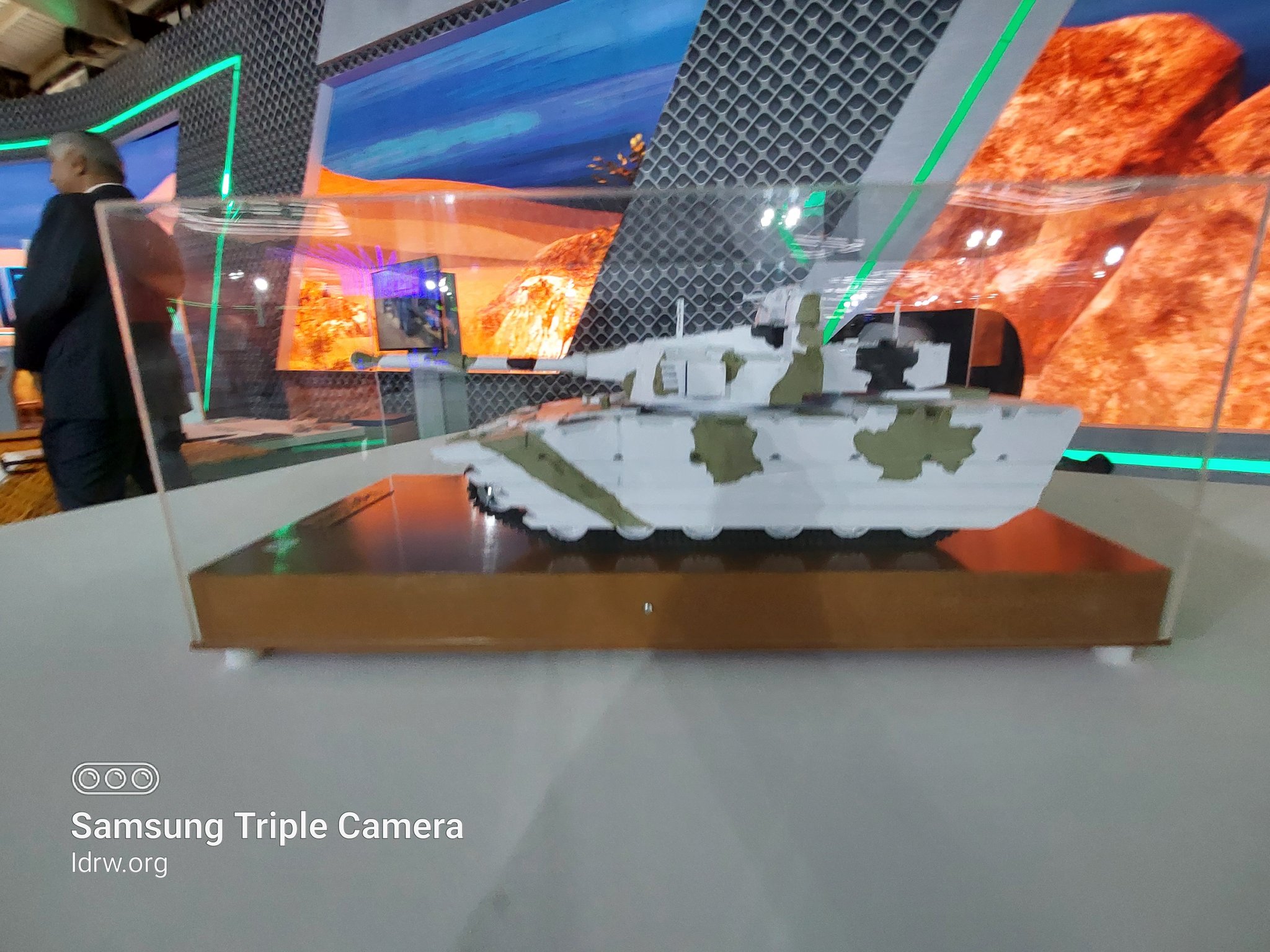

Dr. Samir V. Kamat, Secretary of Defence Research and Development (DD R&D) and Chairman of the Defence Research and Development Organisation (DRDO), has provided a significant update on India’s ambitious Light Tank program.
According to Dr Kamat, the internal development trials for the Light Tank, which began earlier this year, are expected to conclude within the next one to one and a half years. Following these trials, the tank will be offered to the Indian Army for user trials, with hopes for induction by 2027.
Continue readingSOURCE: RAUNAK KUNDE / NEWS BEAT / IDRW.ORG


Armenia is expanding its defence procurement strategy by looking to secure a wider array of military products from India, including advanced military drones and midrange surface-to-air missiles. As reported by idrw.org, Armenia has already acquired the Akash 1S Surface-to-Air Defense System and is considering additional systems such as the Indo-Israeli Medium-Range Surface-to-Air Missile (MR-SAM) and the Akash-NG Medium-Range Surface-to-Air Defense System.
While India is yet to commence the delivery of the Akash 1S system to Armenia, these deliveries are expected to begin next year. The Akash 1S is a sophisticated air defence system capable of targeting aircraft up to 30 km away, providing a robust shield against aerial threats.
Continue readingSOURCE: RAUNAK KUNDE / NEWS BEAT / IDRW.ORG
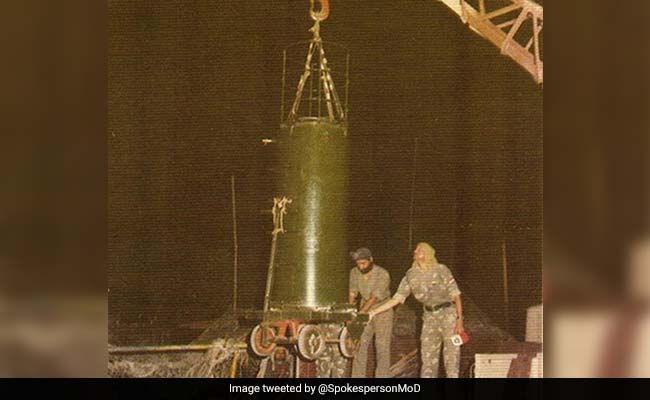

The Stockholm International Peace Research Institute (SIPRI) has released its annual assessment of nuclear weapons across the nine nuclear-armed states: the United States, Russia, the United Kingdom, France, China, India, Pakistan, North Korea, and Israel. According to SIPRI’s latest report, India’s nuclear weapons inventory is estimated to be around 172 stored warheads, including its military stockpile. This represents an increase of eight warheads from the 2023 estimate of 164 units.
For the first time in over two decades, SIPRI estimates that India’s nuclear stockpile exceeds that of Pakistan. The 2024 estimate positions Pakistan’s nuclear arsenal at approximately 170 warheads. This development marks a significant milestone in the regional nuclear dynamics between the two neighboring countries. Notably, India’s nuclear inventory does not include tactical nuclear weapons, which are designed for use on the battlefield and are a key component of Pakistan’s nuclear strategy.
Continue readingSOURCE: RAUNAK KUNDE / NEWS BEAT / IDRW.ORG
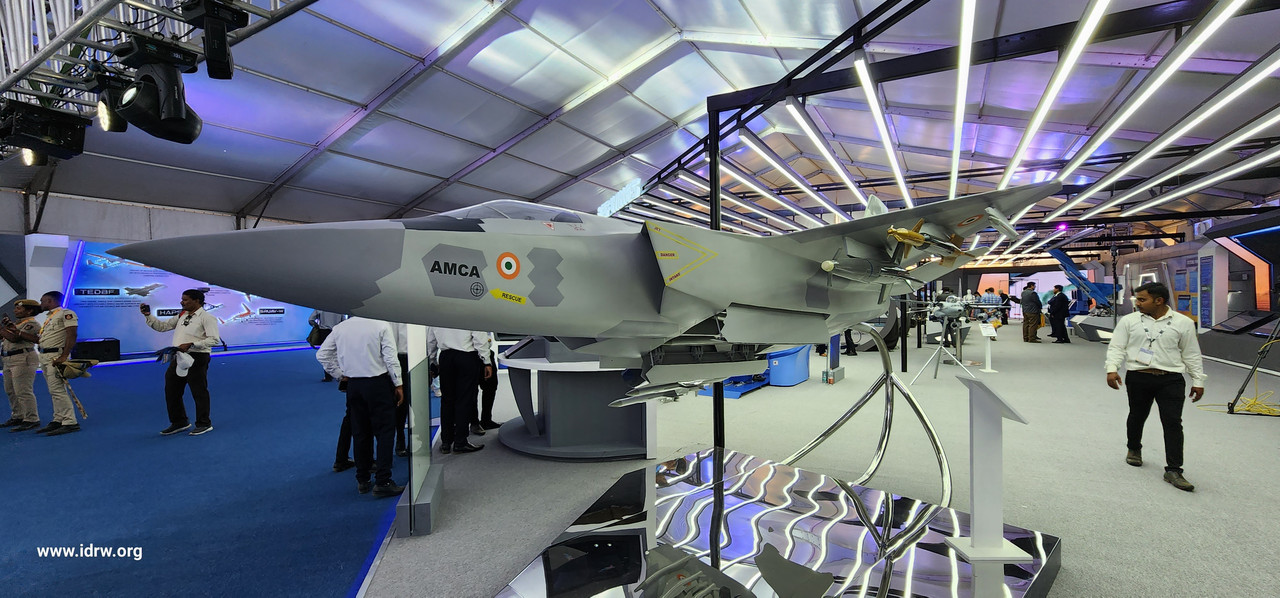

Dr. Samir V. Kamat, Secretary DD(R&D) and Chairman of the Defence Research and Development Organisation (DRDO), recently announced a significant milestone in India’s aviation capabilities. The country’s ambitious 5th-generation fighter jet program is expected to be ready for production by 2033-34, with induction into the Indian Air Force (IAF) slated for 2035 onwards.
The Advanced Medium Combat Aircraft (AMCA) is set to be India’s next-generation fighter jet, a considerable leap ahead of the current Tejas MkII and Mk1A. The AMCA program promises to bring a host of advanced technologies and capabilities to the IAF, positioning India among the few nations capable of developing and deploying 5th-generation fighters.
Continue readingSOURCE: RAUNAK KUNDE / NEWS BEAT / IDRW.ORG


India’s Defence Research and Development Organisation (DRDO) is planning further tests of the SAAW-V2, an indigenously developed smart weapon. The SAAW-V2 is a 120 kg class, a high-precision weapon designed to engage ground targets at a range of up to 100 kilometres. According to a Ministry of Defence (MoD) statement released in New Delhi, the weapon successfully underwent two different configurations based on satellite navigation and electro-optical sensors in 2021.
This previous round of testing marked a significant milestone, as it included the country’s first-ever electro-optical seeker-based flight test for a bomb of this class. The electro-optic sensor itself is another testament to India’s growing Indigenous defence capabilities.
Continue readingSOURCE: RAUNAK KUNDE / NEWS BEAT / IDRW.ORG


The Philippine Air Force (PAF) is prioritizing the Saab Gripen E and the American F-16 V Viper in its selection process to acquire up to 12 new fighter jets. This comes with a total budget of 61.2 billion pesos (US$1.04 billion) allocated for the modernization program expected to run from 2023 to 2027.
The shortlisted options are the Gripen E from Saab and the F-16 V offered by Lockheed Martin. The fate of the offer made by India’s Hindustan Aeronautics Limited (HAL) for its Tejas MkIA remains unclear. HAL has not yet provided an official comment on this development.
Continue readingSOURCE: RAUNAK KUNDE / NEWS BEAT / IDRW.ORG
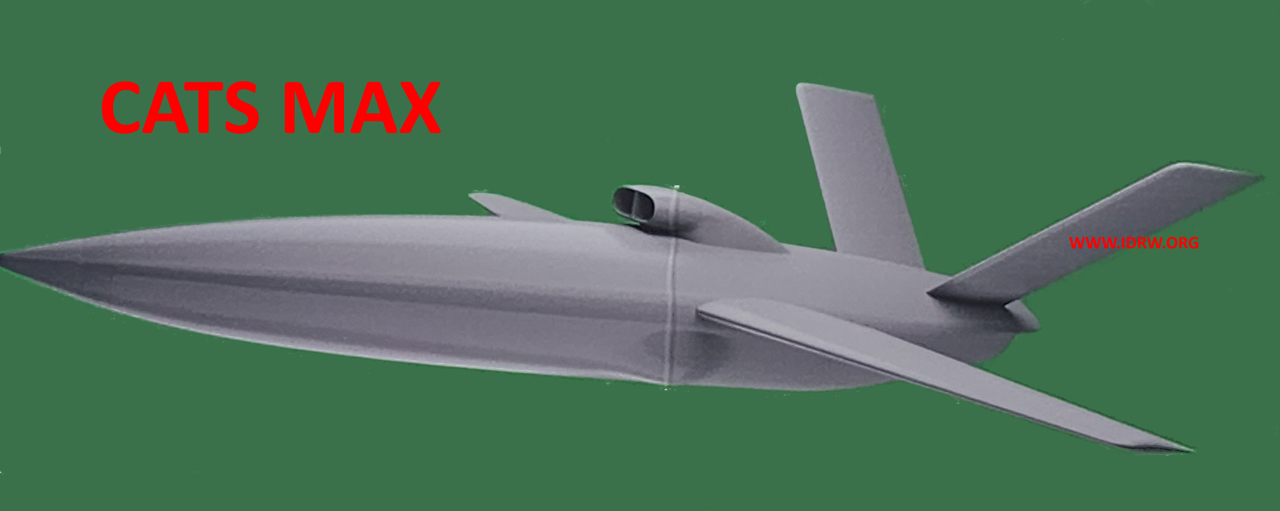

Hindustan Aeronautics Limited (HAL) is making significant progress on its unmanned combat aerial vehicle (UCAV) program, codenamed CATS Warrior. This project initially focused on the CATS Warrior, a smaller (under 1-ton) UCAV designed to operate as a “loyal wingman” for manned fighter jets and conduct deep penetration strikes.
However, new information by idrw.org suggests HAL is also developing a larger variant: the CATS Warrior II. This heavier UCAV will be a game-changer, boasting a near 5-ton All-Up Weight (AUW). Powered by a domestically produced Hindustan Turbo Fan Engine (HTFE-25), the CATS Warrior II is expected to carry a substantial weapons payload of 400-500 kg. Additionally, its impressive endurance of over 10 hours and service cruise altitude near 35,000 ft will provide significant operational flexibility.
Continue readingSOURCE: RAUNAK KUNDE / NEWS BEAT / IDRW.ORG
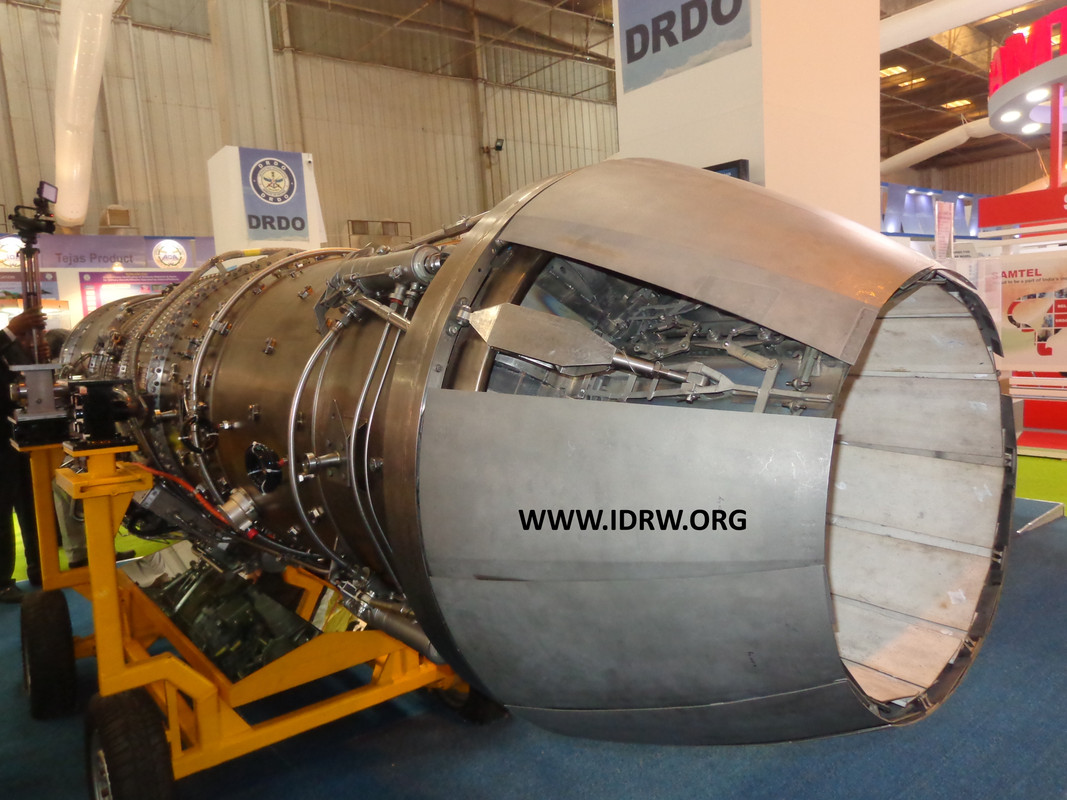

HAL officals shed light on idrw.org why AMCA will require unique engine thrust. Central to this development is the creation of a new engine specifically tailored to meet the unique requirements of India’s operational environment. The AMCA will be powered by two 110kN thrust class engines, ensuring superior performance and reliability even under the country’s challenging hot and humid conditions.
One of the standout features of the AMCA is its capability to supercruise, allowing it to sustain supersonic speeds without engaging afterburners. This is achieved through the powerful 110kN thrust class engines, which are designed to generate sufficient power for the aircraft’s radar and avionics systems.
Continue readingSOURCE: RAUNAK KUNDE / NEWS BEAT / IDRW.ORG


Cochin Shipyard Limited (CSL), riding high on the successful delivery of INS Vikrant, India’s first domestically built aircraft carrier, has presented a compelling proposal to the Indian Navy. The proposal outlines a significantly reduced construction timeframe for a sister ship to INS Vikrant.
Building INS Vikrant was a monumental undertaking, taking nearly 13 years from keel-laying to sea trials. However, CSL is confident of slashing this timeframe to just 7 years for the next carrier. This ambitious target hinges on two key factors.
Continue readingSOURCE: RAUNAK KUNDE / NEWS BEAT / IDRW.ORG


India’s ambitious 5th generation fighter jet program, the Advanced Medium Combat Aircraft (AMCA), is exploring the potential of 3D printing to revolutionize its production process. This integration of additive manufacturing technology could lead to significant advantages in terms of cost reduction, turnaround time, and material usage.
Hindustan Aeronautics Limited (HAL), the manufacturer of the AMCA, is actively seeking partnerships with private sector companies to leverage their expertise in 3D printing. This collaboration is crucial to minimize material waste, a common challenge associated with this technology.
Continue readingSOURCE: RAUNAK KUNDE / NEWS BEAT / IDRW.ORG
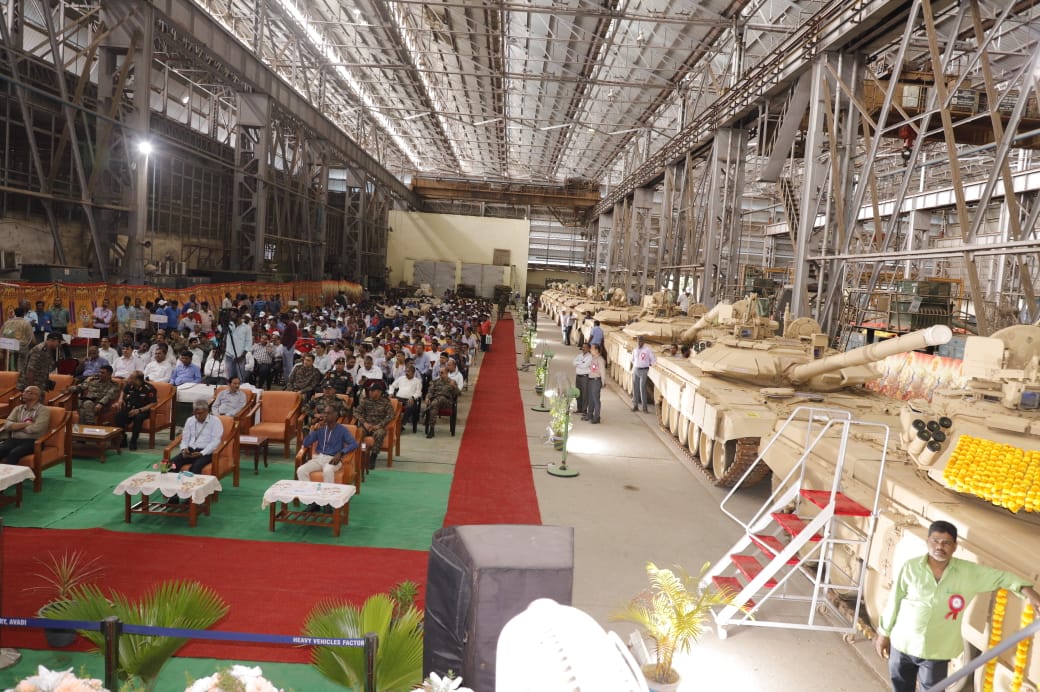

The Indian Army has received its first batch of 10 T-90 Mk-III main battle tanks (MBTs), marking a significant step towards modernizing its armored capabilities. These newly produced tanks, developed by India’s Armoured Vehicles Nigam Limited (AVNL) under a licensing agreement with Russia, represent a domestic production milestone.
This delivery is part of a larger contract signed between the Indian Army and AVNL’s Heavy Vehicles Factory (HVF) in November 2019. The contract entails the procurement of a total of 464 new T-90MS tanks, with the T-90 Mk-III being the latest variant.
Continue readingSOURCE: RAUNAK KUNDE / NEWS BEAT / IDRW.ORG
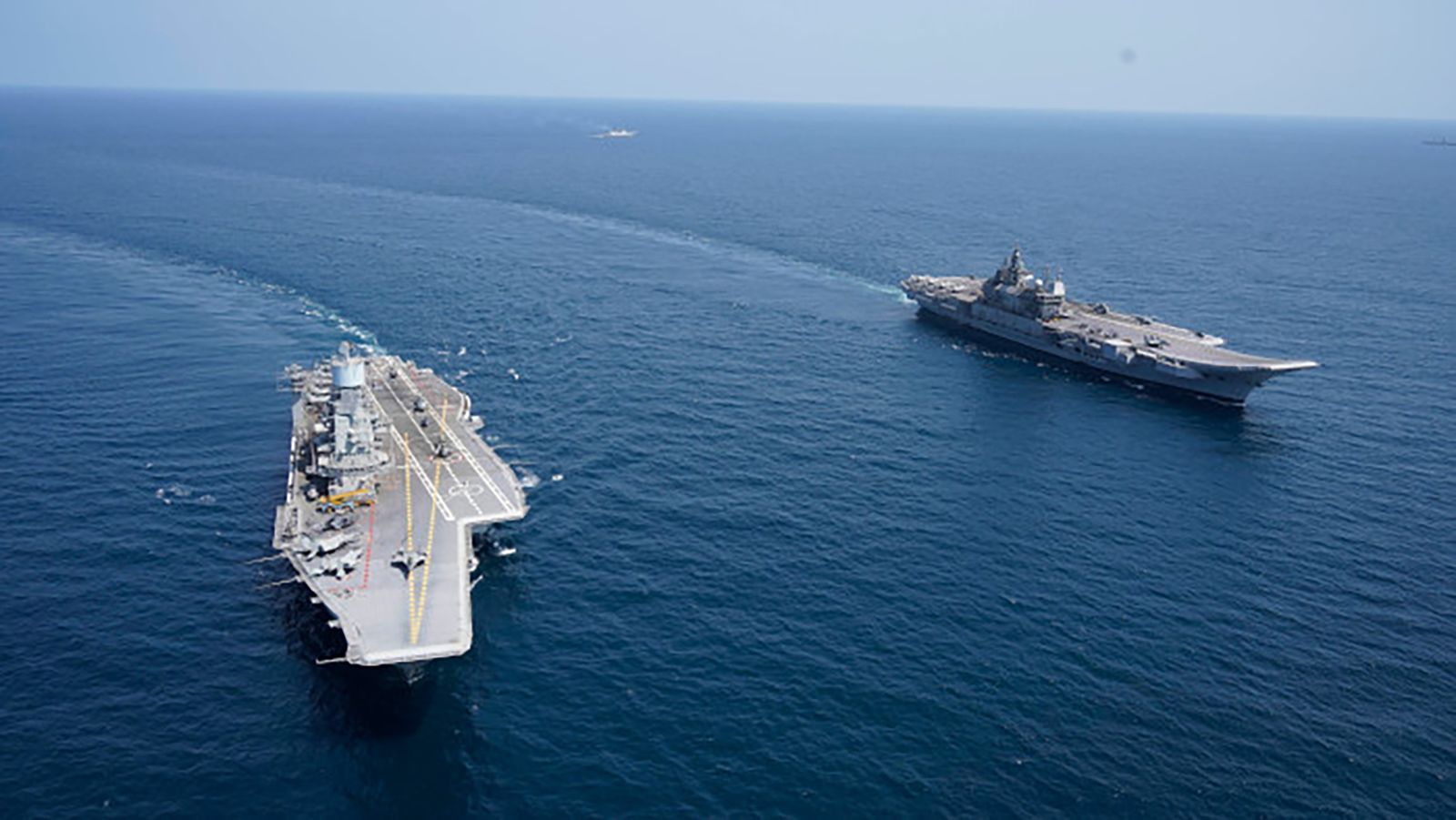

India’s recent announcement to build a third aircraft carrier, with plans for “five or six more,” has reignited debate on the size and composition of its future carrier fleet. Defence Minister Rajnath Singh’s statement, while lacking specifics on timelines or design, opens doors for the Indian Navy’s long-term vision.
The Indian Navy currently operates two conventionally powered carriers, the INS Vikramaditya and the newly commissioned INS Vikrant, both displacing around 45,000 tonnes. A third carrier, similar to the Vikrant, is to be approved for construction to replace the Vikramaditya upon its retirement around 2040.
Continue readingSOURCE: RAUNAK KUNDE / NEWS BEAT / IDRW.ORG
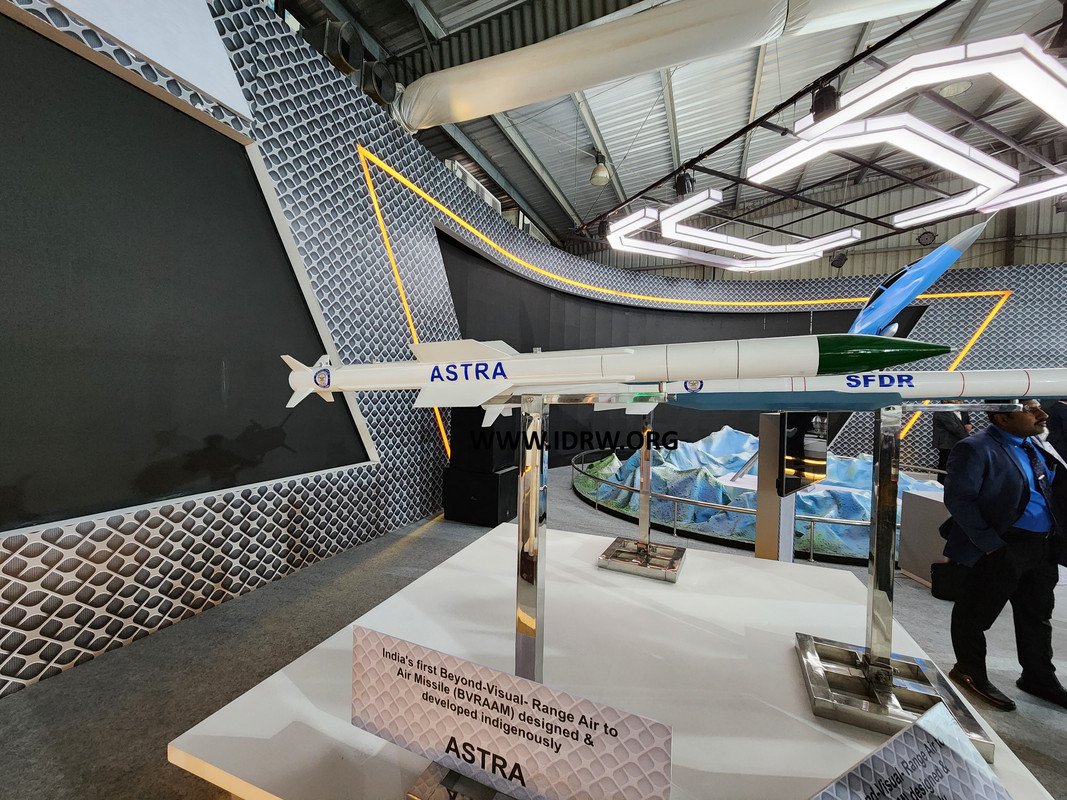

The Indian Air Force (IAF) has made a strategic shift in its air-to-air missile program, prioritizing the integration of the domestically developed Astra MkI and MkII missiles over the Israeli I-Derby ER BVRAAMs. IAF had initially planned to equip I-Derby ER BVRAAMs on Su-30MKI, Mk1A and MkII fleet but that has been dropped now to support local air-to-air missiles.
The IAF’s prior exploration of the I-Derby, particularly the older variant integrated into the SPYDER air defence system, served as a temporary solution. The I-Derby’s limited range of fewer than 100 kilometres fell short of the IAF’s long-term requirements. The I-Derby ER, with its extended range, offered a more compelling option. However, the Astra MkII’s comparable capabilities and the strategic advantage of domestic production outweighed the I-Derby ER’s appeal.
Continue readingSOURCE: RAUNAK KUNDE / NEWS BEAT / IDRW.ORG
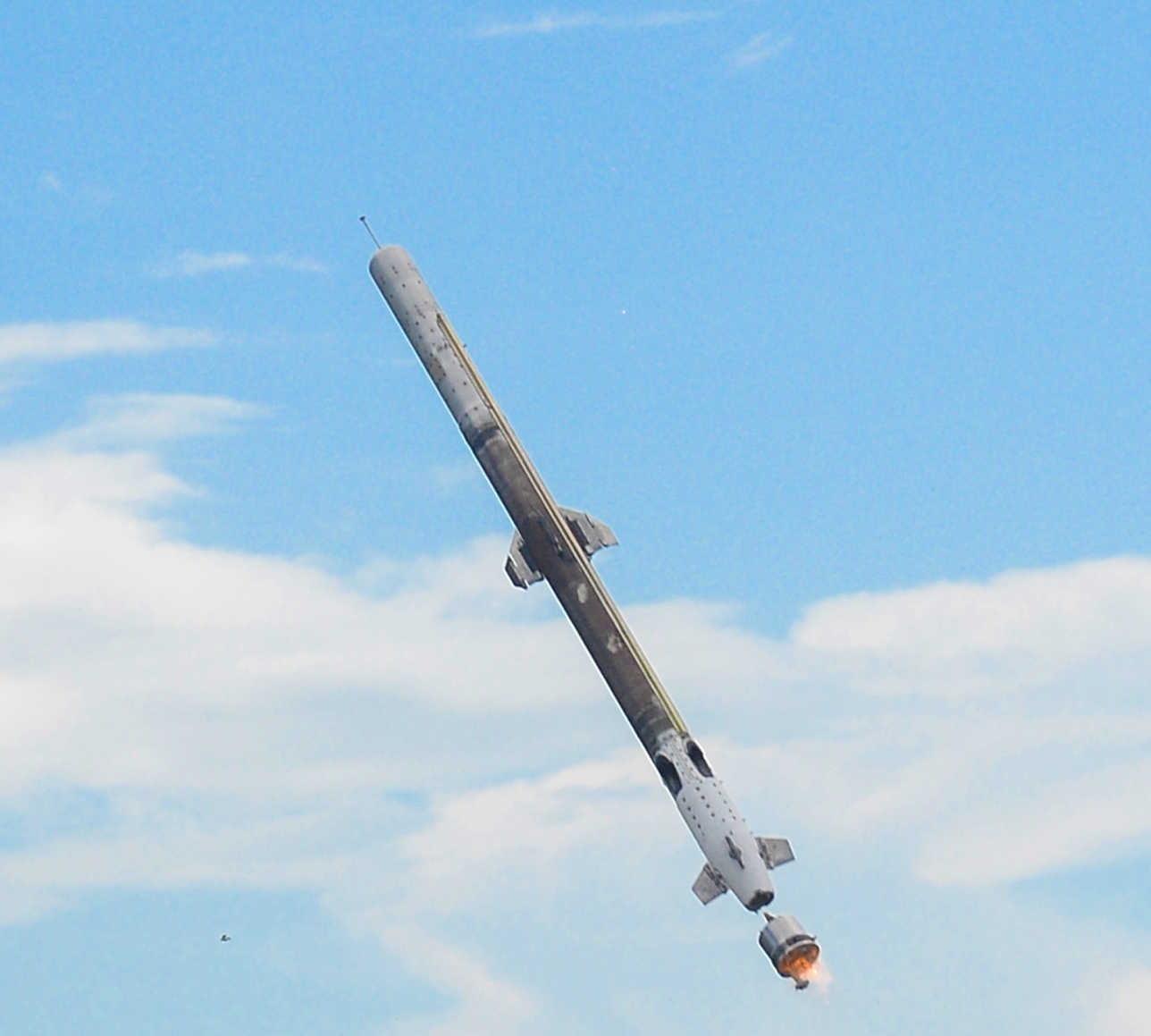

The Indian Air Force (IAF) is actively exploring the development and procurement of low-cost air-to-air missile systems. This initiative is driven by the growing prevalence of inexpensive aerial threats like drones, loitering munitions, subsonic cruise missiles, and rockets.
The IAF recognizes the strategic shift in warfare tactics. Employing expensive surface-to-air missiles (SAMs) against these low-cost threats is not only financially unsustainable but also depletes crucial defence assets during conflicts. Modern adversaries often resort to overwhelming air attacks using drones and loitering munitions, aiming to exhaust air defence systems and missile stockpiles before deploying higher-end weaponry.
Continue reading